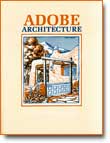 ADOBE ARCHITECTURE
ADOBE ARCHITECTUREA Guide to the Use of Adobe in Building
By Myrtle Stedman & Wilfred Stedman
See INSIDE THE BOOK below. Order from Sunstone: (505) 988-4418 Dreaming of building an adobe home? This classic guide, with floor plans ranging from a small casita to larger ones gives 18 comprehensive period designs for the traditional adobe (the earthern “bricks” used all over the world) house adapted to building materials, plumbing, heating and small lot sizes of today. Thousands of readers have found this a valuable handbook. The authors also venture into actual adobe brick-making, construction techniques, furnishing, even how to make a horno, a traditional Indian oven. Illustrated, detailed diagrams, house plans.
Myrtle Stedman was known as an “Artist in Adobe,” designing, building, and remodeling adobe homes under a contractor’s license. She was also a well-known artist whose academic training started in 1927 when she was a student in the Houston Museum of Fine Arts school. Her English born husband, Wilfred Stedman, whose background was in architecture as well as in painting and illustrating was recognized as one of the most outstanding artists of the American Southwest. Adobe architecture in New Mexico was one of Wilfred’s favorite topics of conversation and Myrtle was instilled with the love of adobes from the moment they were married. After his death in 1950, Myrtle went on to become one of the foremost authorities on adobe construction. Myrtle Stedman was a member of PEN New Mexico, a branch of PEN Center USA West of International PEN and believed that there is no end to what the mind can do with the eye and hand, in time and in spirit. She is also the author of Artists in Adobe, A House Not Made With Hands, Adobe Remodeling and Fireplaces, Of One Mind, Of Things to Come, Ongoing Life, Rural Architecture, The Ups and Downs of Living Alone in Later Life, and The Way Things Are or Could Be, all from Sunstone Press.
“…the most informative book we have found on adobe homes…a masterpiece of design and clear explanation of the craft of building with adobe.”—Harper’s Magazine
Softcover:
eBook:
Hardcover:
ISBN: 978-1-63293-400-0
48 pp.,$29.95
8 1/2 x 11
ISBN: 978-0-86534-111-1
48 pp.,$10.95
ISBN: 978-1-61139272-2
48 pp.,$7.99
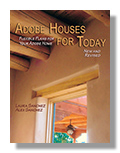 ADOBE HOUSES FOR TODAY
ADOBE HOUSES FOR TODAY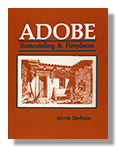 ADOBE REMODELING AND FIREPLACES
ADOBE REMODELING AND FIREPLACES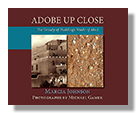 ADOBE UP CLOSE
ADOBE UP CLOSE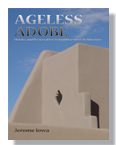 AGELESS ADOBE
AGELESS ADOBE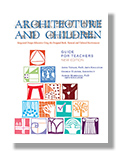 ARCHITECTURE AND CHILDREN, GUIDE FOR TEACHERS, NEW EDITION
ARCHITECTURE AND CHILDREN, GUIDE FOR TEACHERS, NEW EDITION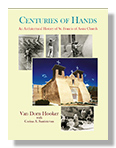 CENTURIES OF HANDS
CENTURIES OF HANDS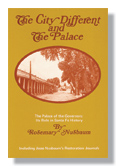 THE CITY DIFFERENT AND THE PALACE
THE CITY DIFFERENT AND THE PALACE CONTRACTING TO BUILD YOUR HOME
CONTRACTING TO BUILD YOUR HOME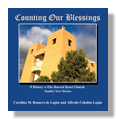 COUNTING OUR BLESSINGS
COUNTING OUR BLESSINGS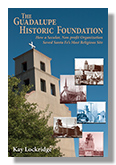 THE GUADALUPE HISTORIC FOUNDATION
THE GUADALUPE HISTORIC FOUNDATION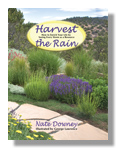 HARVEST THE RAIN
HARVEST THE RAIN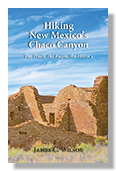 HIKING NEW MEXICO’S CHACO CANYON
HIKING NEW MEXICO’S CHACO CANYON HISTORIC CATHOLIC CHURCHES ALONG THE RIO GRANDE IN NEW MEXICO
HISTORIC CATHOLIC CHURCHES ALONG THE RIO GRANDE IN NEW MEXICO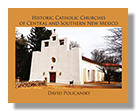 HISTORIC CATHOLIC CHURCHES OF CENTRAL AND SOUTHERN NEW MEXICO
HISTORIC CATHOLIC CHURCHES OF CENTRAL AND SOUTHERN NEW MEXICO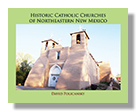 HISTORIC CATHOLIC CHURCHES OF NORTHEASTERN NEW MEXICO
HISTORIC CATHOLIC CHURCHES OF NORTHEASTERN NEW MEXICO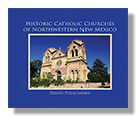 HISTORIC CATHOLIC CHURCHES OF NORTHWESTERN NEW MEXICO
HISTORIC CATHOLIC CHURCHES OF NORTHWESTERN NEW MEXICO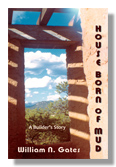 HOUSE BORN OF MUD
HOUSE BORN OF MUD JOHN McHUGH TRAVEL SKETCHES
JOHN McHUGH TRAVEL SKETCHES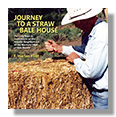 JOURNEY TO A STRAW BALE HOUSE
JOURNEY TO A STRAW BALE HOUSE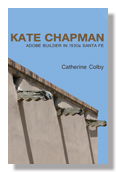 KATE CHAPMAN
KATE CHAPMAN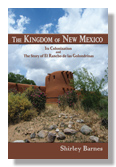 THE KINGDOM OF NEW MEXICO
THE KINGDOM OF NEW MEXICO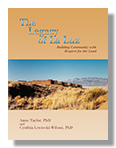 THE LEGACY OF LA LUZ
THE LEGACY OF LA LUZ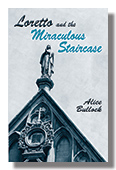 LORETTO AND THE MIRACULOUS STAIRCASE
LORETTO AND THE MIRACULOUS STAIRCASE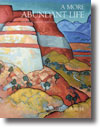 A MORE ABUNDANT LIFE
A MORE ABUNDANT LIFE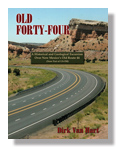 OLD FORTY-FOUR
OLD FORTY-FOUR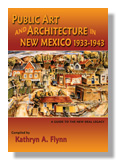 PUBLIC ART AND ARCHITECTURE IN NEW MEXICO, 1933-1943
PUBLIC ART AND ARCHITECTURE IN NEW MEXICO, 1933-1943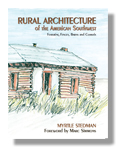 RURAL ARCHITECTURE
RURAL ARCHITECTURE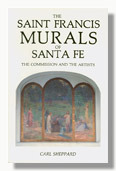 THE SAINT FRANCIS MURALS OF SANTA FE
THE SAINT FRANCIS MURALS OF SANTA FE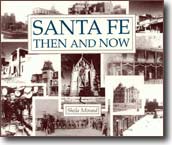 SANTA FE THEN AND NOW
SANTA FE THEN AND NOW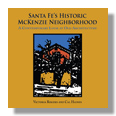 SANTA FE'S HISTORIC McKENZIE NEIGHBORHOOD
SANTA FE'S HISTORIC McKENZIE NEIGHBORHOOD SKETCHBOOK ON THE WORLD
SKETCHBOOK ON THE WORLD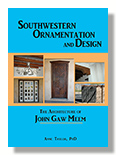 SOUTHWESTERN ORNAMENTATION AND DESIGN
SOUTHWESTERN ORNAMENTATION AND DESIGN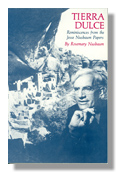 TIERRA DULCE
TIERRA DULCE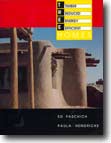 TIMBER REDUCED ENERGY EFFICIENT HOMES
TIMBER REDUCED ENERGY EFFICIENT HOMES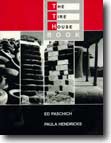 THE TIRE HOUSE BOOK
THE TIRE HOUSE BOOK